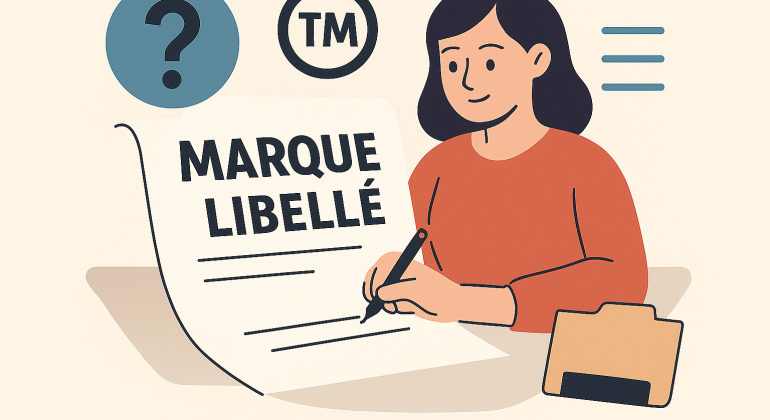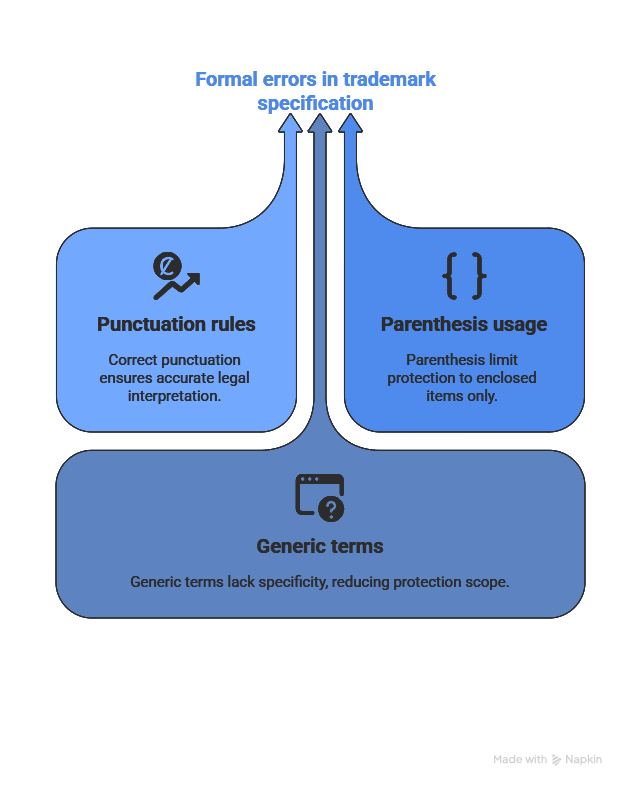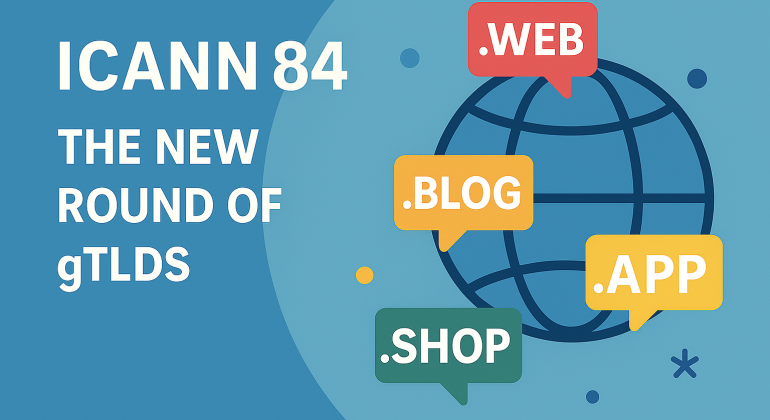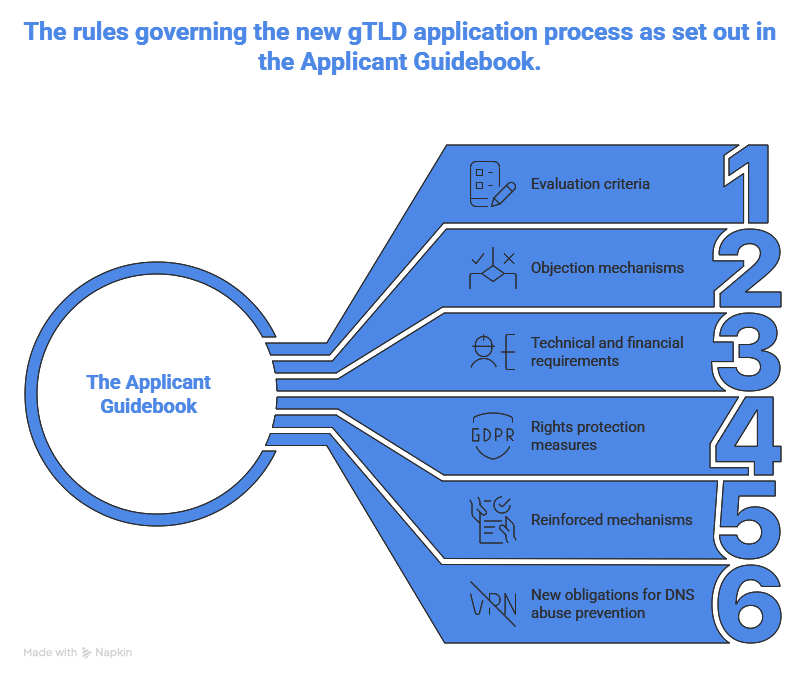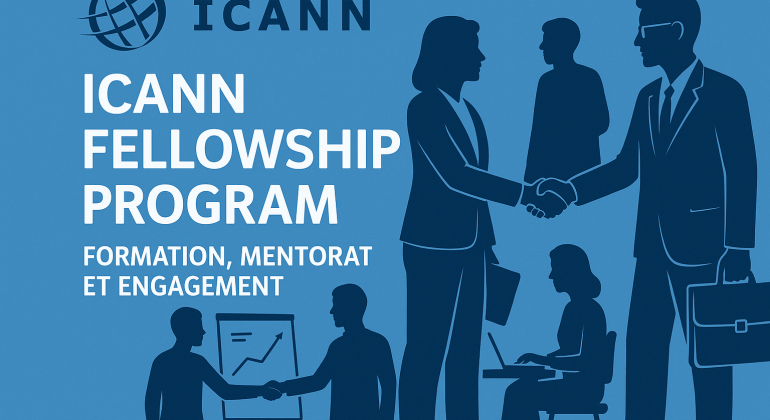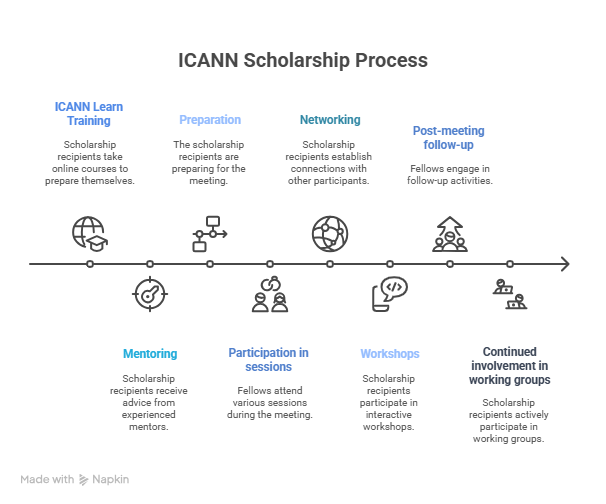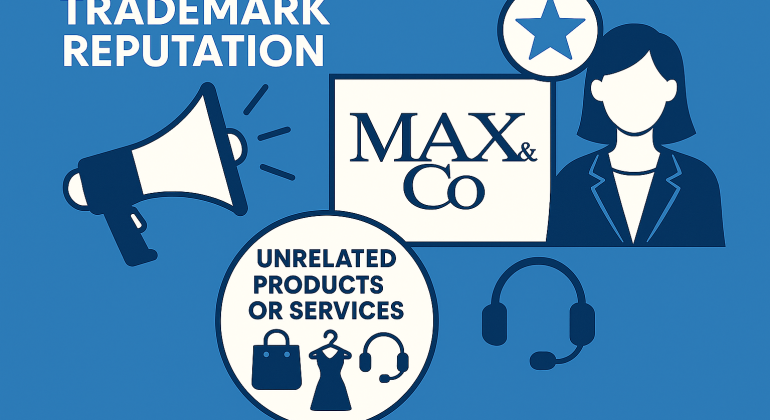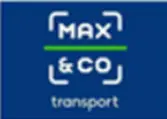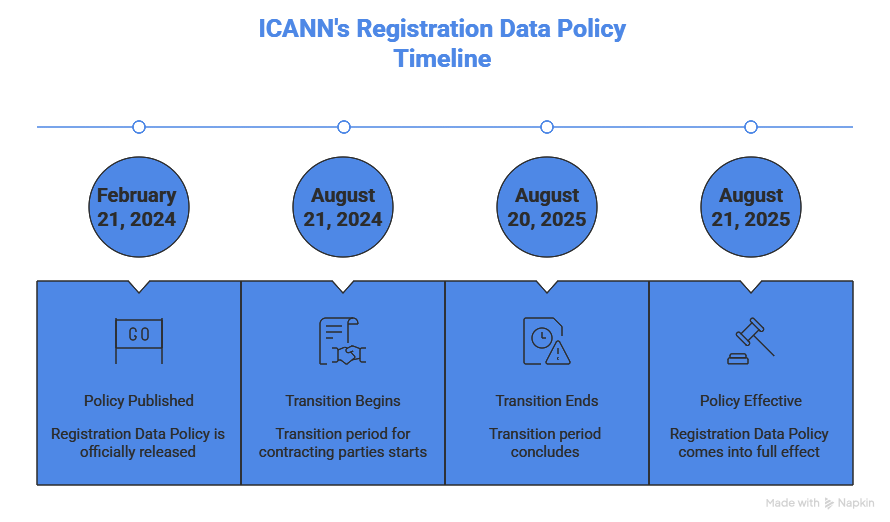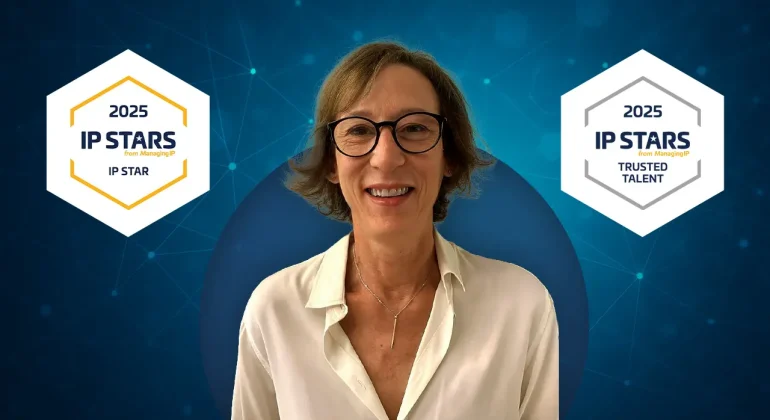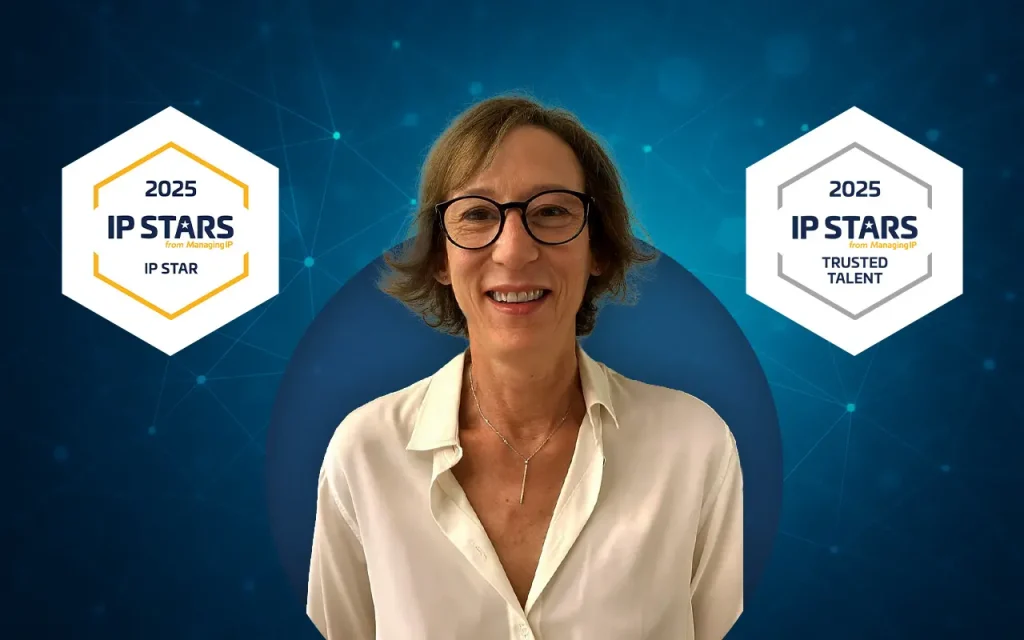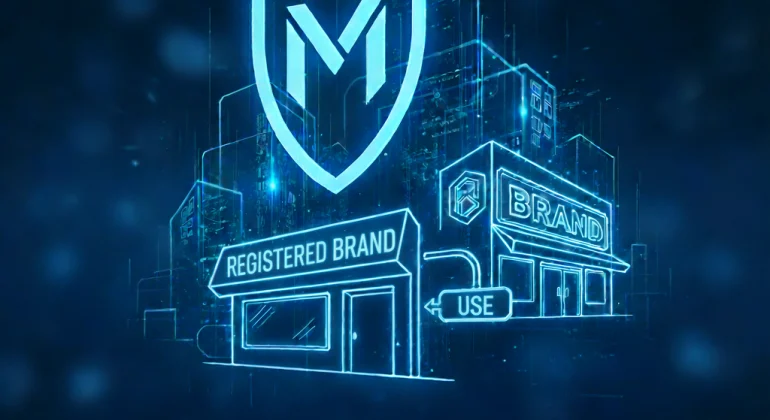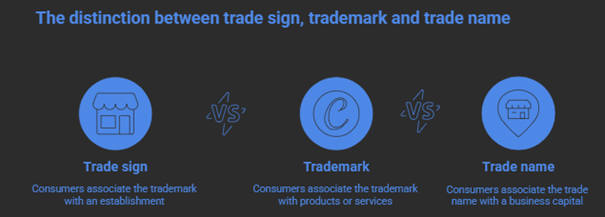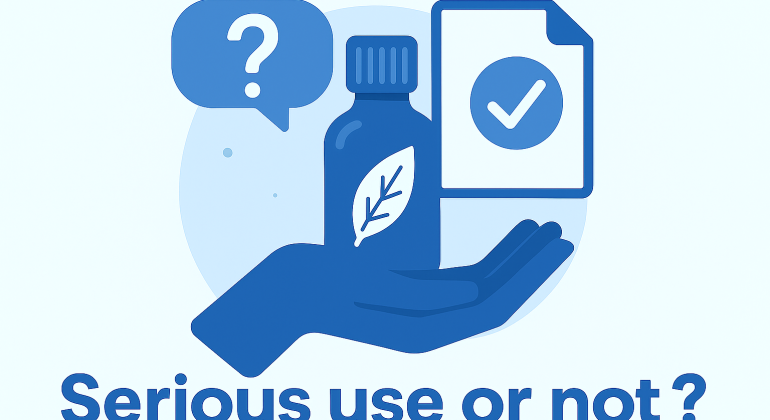Why drafting a trademark specification is a crucial step in the filing process of a trademark application?
Introduction
The specification defines the scope of goods and services covered by the trademark, in other words, the precise boundaries of its exclusive rights. Too often seen as a mere administrative formality, this step is in fact an exercise in legal and strategic precision that directly determines the strength of the protection granted by the registration.
An imprecise, overly broad or overly narrow wording can have serious consequences: refusal by the office, vulnerability to revocation for non-use, or the inability to effectively act against an infringer.
This article examines, in light of our experience in trademark law, why and how a well-drafted specification constitutes the foundation of a successful trademark strategy, identifying common mistakes to avoid, best practices to adopt, and the long-term advantages of a legally sound approach.
The strategic importance of a precise and comprehensive trademark specification
Defining the exact scope of protection
When a trademark is filed, the list of goods and services determines with legal precision the extent of protection. The rights conferred on the owner apply exclusively to the goods and services mentioned in the specification.
A poorly drafted specification can therefore reduce the legal value of the trademark or even compromise its effectiveness in case of infringement. For instance, a trademark registered for “clothing” (Class 25) does not automatically cover “protective footwear” (Class 9) or “medical uniforms” (Class 10). Such distinctions, often overlooked by unassisted applicants, can prove costly in litigation.
Anticipating business and market developments
A specification should not only reflect the company’s current activities but also anticipate its future growth. The careful inclusion of related categories, without engaging in overprotection, can prevent the need for additional, costly filings.
For example, a cosmetics company planning to expand into dietary supplements may wisely include Class 5 (“dietetic products for medical use”) from the outset to avoid a subsequent filing.
Common pitfalls in drafting a trademark specification
The risk of an overly broad specification: allegations of bad faith
Filing for classes unrelated to the company’s actual or intended activity may lead to partial or total invalidation. IP offices such as the INPI, EUIPO, and UKIPO now closely examine the proportionality between the scope of protection and the applicant’s declared commercial activity.
The arbitrary inclusion of classes without genuine intent to use may be deemed a bad-faith filing, a risk reinforced by the Sky v. SkyKick decision of January 29, 2020 (ECJ, C-371/18), where the Court emphasized that the applicant’s intention to use must be serious and justified.
For further details on the implications of Sky v. SkyKick, please refer to our previously published article on the subject.
The danger of an overly narrow specification: loss of protection
Conversely, an excessively narrow description limits the trademark’s reach. If the specification only covers “sport shoes,” the owner cannot act against a competitor selling “formal shoes.”
A balanced formulation, such as “footwear, including sports shoes,” ensures coverage of both the general category and its subcategories.
The risk of a misinterpreted or non-compliant specification
Some applicants, through misunderstanding or excess caution, include goods or services that do not reflect their actual business, such as “advertising services” or descriptions of internal sales processes, believing this broadens their protection..
In a decision of May 21, 2025 (T-1032/23), the General Court of the EU upheld the partial revocation of Airbnb’s trademark for “advertising services,” reasoning that the term referred to advertising for third parties, not the promotion of Airbnb’s own offers. Therefore, there is no need to claim “advertising services” if the company merely promotes its own products; only providers offering genuine advertising services to others should include such terms.
Formal errors: punctuation, wording, exclusions
Punctuation rules carry legal significance. A comma separates items within the same category, while a semicolon distinguishes between groups. A misplaced punctuation may thus narrow the scope of protection.
Similarly, the improper use of parentheses can limit protection to what they contain: the expression “footwear (namely sports shoes)” will be construed as covering only sports shoes.
Finally, overly generic terms such as “machines” or “sales services” are deemed insufficiently specific by the INPI and EUIPO. They should be clarified, for example as “machine tools” or “retail services for clothing.”
Best practices for drafting an effective trademark specification
Rely on the Nice Classification without copying
The Nice Classification, updated annually, serves as the reference framework for categorizing goods and services. However, merely copying its headings is not enough: the specification must be tailored to the company’s actual business and trademark strategy.
Personalizing the wording enhances the coherence of the filing and strengthens the trademark’s enforceability in case of litigation.
Favour clarity and terminological precision
Trademark offices and courts favour clear and precise wording. Ambiguous expressions such as “namely” or “including” must be used carefully, as their interpretation can either broaden or narrow the protection depending on context.
A meticulous drafting approach also helps avoid revocation actions for non-use. If certain listed goods are never used, the trademark may be partially cancelled after five years of non-use, in accordance with Article L714-5 of the French Intellectual Property Code.
Adapt the specification to an international strategy
Each jurisdiction has its own interpretative rules. The United States requires a demonstrable intent to use for each listed item, while China applies a very literal reading of the specification.
For further details on trademark protection in the United States, please refer to our dedicated page.
A globally filed trademark must therefore be harmonized while respecting local specificities. Consulting an intellectual property firm helps avoid hazardous translations or divergent interpretations.
Conclusion: a well-drafted specification, a lasting asset for the trademark
Drafting the specification of a trademark means laying the legal foundation of its commercial identity. This strategic step determines not only the breadth of protection but also the trademark’s longevity and value.
By adopting a precise, consistent, and forward-looking drafting approach, companies safeguard their intangible assets and prevent future disputes.
Dreyfus & Associés assists its clients in managing complex intellectual property cases, offering personalized advice and comprehensive operational support for the complete protection of intellectual property.
Nathalie Dreyfus with the support of the entire Dreyfus team
Q&A
1. Can the specification be modified after filing?
No. Once the application is filed, it is not possible to broaden the protection, only to restrict it (by means of a partial withdrawal). Hence the need for meticulous drafting from the start.
2. What happens if the trademark is not used for all the listed goods and services ?
After five years of non-use, the trademark may be partially or entirely revoked for the goods or services concerned.
3. Why should overly broad terms be avoided?
An excessively general specification may be challenged for bad faith or face objections from the office. It also increases the risk of conflicts with earlier rights.
4. Can one use the Nice Classification headings?
Yes, but they should be adapted to the company’s real activity and specify the relevant goods and services.
5. How can a specification be adapted to an international strategy?
By harmonizing terminology in line with the requirements of each jurisdiction while ensuring global consistency across the trademark portfolio.

